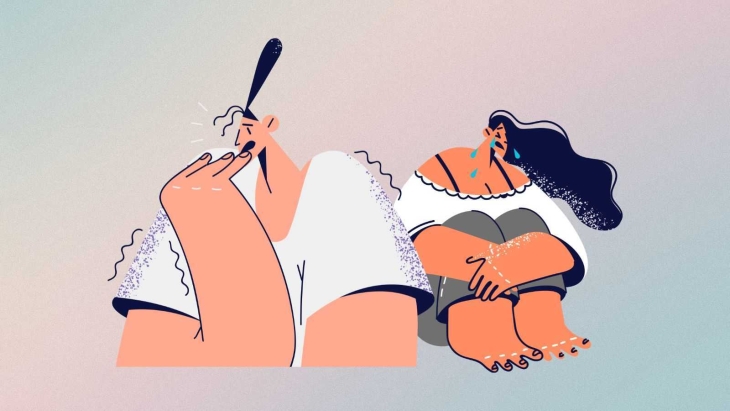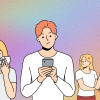Recent Posts
- Am I too sensitive to noise? It drives me crazy! The psychological effects of noise on mental health
- What are the signs that I am avoiding grief? How avoiding processing loss impacts mental health
- My son's disruptive behavior is affecting his life. How can I help him improve?
- I want to be ready for motherhood: Exploring pre- and postnatal mental health issues
- Effects of positivity on job search motivation. How do I stay confident when my job search gets tough?
Most Popular
Getting acquainted with the 7 types of anxiety disorders. What do I need to know about them?

A feeling of intense and persistent worry that casts a shadow over one’s life, a deep dread of the negative possibilities that might cause harm, and an excessive fear of the unknown- they all describe what it feels like to have anxiety.
Anxiety disorders, on the other hand, cause people to experience interference in the performance of their daily activities of living including their work or school and relationships with others.
C.H. Spurgeon has put the effect of anxiety on one’s life when he said, “Our anxiety does not empty tomorrow of its sorrows, but only empties today of its strengths.”
Among the many mental illnesses in the US, anxiety disorders are among the most common. In fact about 40 million people in the country live with an anxiety disorder.
People with anxiety disorders display the symptoms of anxiety, but often these symptoms get worse over time when not treated.
Symptoms of anxiety are not only physical, but also psychological. Physical symptoms include fast heartbeat, inability to sleep, and sweating and shaking. Some psychological symptoms are becoming agitated, increasing difficulty in focusing, constant repeating negative thoughts, and persistent inability to feel calm and relaxed.
Depending on the kind of anxiety disorder, one might see a variety of anxiety-related symptoms.
Mental health professionals are able to categorize the different types of anxiety based on the Diagnostic and Statistical Manual of Mental Health Disorders: 5th Edition, text revision (DSM-5-TR).
General Anxiety Disorder (GAD)
GAD is the most common type of anxiety that affects an estimated 3.1% of people in the US. Women are more likely to be affected than men. (4) Despite the high number of people with GAD, according to the National Institute of Mental Health, only about 43% of those affected are currently undergoing treatment.
People with GAD experience intense worry that is hard to control for more than 6 months, thereby negatively affecting their personal relationships, career, and other areas of life.
Panic Disorder (PD)
In PD, there are episodes of sudden and unexpected extraordinary fear that commonly occurs with palpitations, difficulty catching one’s breath and chest pains. The suddenness of the panic episodes is characteristic of PD. PD affects 2.7% people in the country.
Social Anxiety Disorder (SAD)
Meanwhile, 7.1% of people in the US have SAD, but surveys of people with SAD show that they have lived with SAD for a decade or more before they asked for help. (4) In SAD, one has an intense fear of any social situations that might require one to be in an unknown circumstance in front of others.
Specific Phobias
9.1% of people in the US have been diagnosed with a specific phobia, with their symptoms beginning at a young age and persist for a long time. Phobias often occur alongside other disorders with components of anxiety such as Obsessive-compulsive disorder (OCD) and posttraumatic stress disorder (PTSD).
Agoraphobia
People with agoraphobia have great fear of being helpless and unable to escape dangerous situations. That is why they avoid new places or situations for fear of being trapped. They are afraid of going to public and crowded places and would rather stay home.
Separation Anxiety Disorder
There is a feeling of intense worry over the idea of or the fact that one is separated from a significant other, a loved one or a caregiver. This is normal in young children, but it negatively impacts adults who have it.
Selective Mutism
Certain situations intensify one’s anxiety to the point that one is unable to talk. These situations include giving a speech in school or in the workplace, or even in social situations with family or friends.
In order to help yourself or others who have anxiety disorders, learning about and gaining a deeper understanding of what anxiety is may be crucial to the road to recovery.
Do not let anxiety cast a dark shadow over your life. Reaching out to trusted loved ones and a mental health professional are also beneficial to help one be victorious over anxiety.
Are you a healthcare professional or a licensed mental health practitioner? Apply to a rewarding job opportunity in the medical field now!








Comments